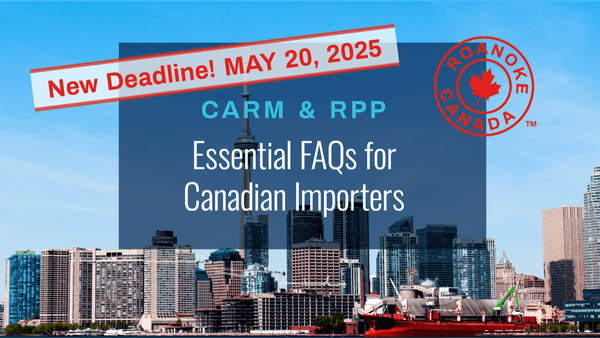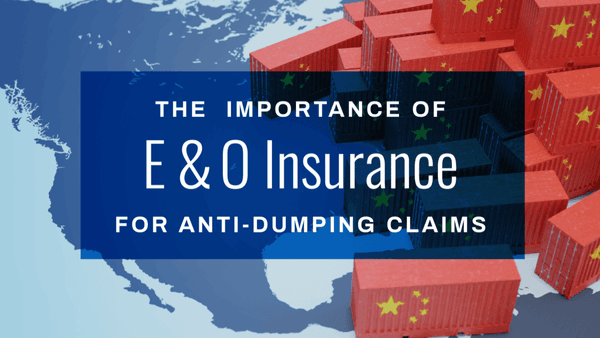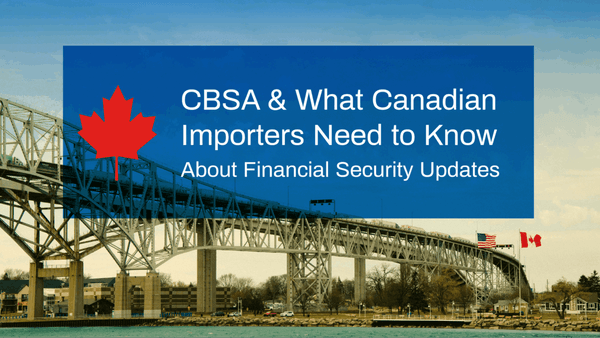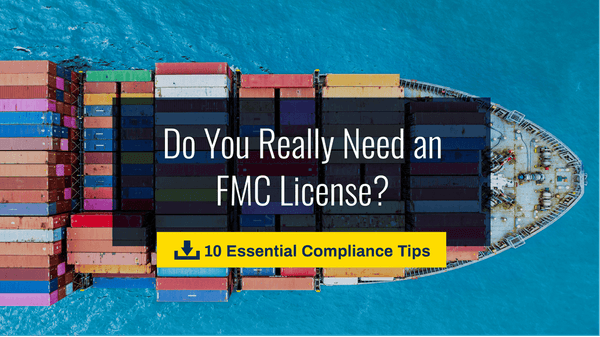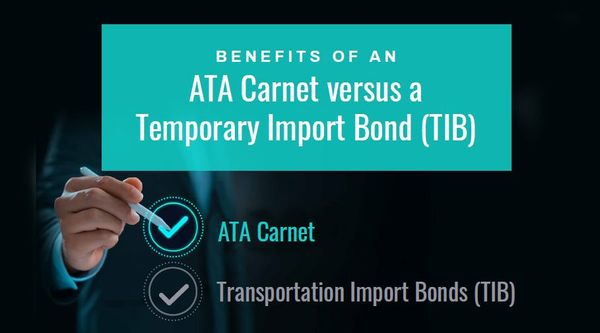Resource Center
How Are Customs Bonds Calculated?
How Are Customs Bonds Calculated?
A customs bond is a versatile surety bond that provides several solutions to different import and compliance challenges. When people ask how much does a continuous bond cost, they are usually referring to a popular type of customs bond: the import bond.
The customs import bond guarantees payment to U.S. Customs and Border Protection (CBP) for all duties, taxes, and fees on imported goods entering U.S. commerce. It also ensures compliance with applicable federal regulations. Whether you import goods occasionally or regularly, understanding how to calculate the right bond amount—and the customs bond cost—is essential for staying compliant.
Single Entry Bond
A Single Entry Bond (SEB) is used for one-time transactions. This bond must be equal to the total value of the goods plus all duties, taxes, and fees. Typically, single entry bonds start at a minimum of $100.00, though this can vary depending on the shipment.
If you’re wondering about import bond cost for a single shipment, this will be based on the specific declared value and duty rate of the imported goods. However, because SEBs do not cover ISF (Importer Security Filing) requirements for ocean shipments, many low-volume importers still opt for a Continuous Bond for full coverage.
Continuous Customs Bond
A Continuous Customs Bond is often the preferred choice for regular importers, as it allows unlimited entries within a 12-month period. If you’ve been asking, how much does a continuous bond cost, here’s how to find the answer:
The bond amount for a Continuous Bond is based on:
- 12 months of duties paid on import transactions
- 12 months of taxes paid on import transactions
- 12 months of fees paid on import transactions
To calculate the required bond amount, take the greater of the previous or next 12 months of expected duties, taxes, and fees, and multiply that total by 10%. Then round up to the nearest $10,000. The minimum bond amount is $50,000. For totals over $1,000,000, round up to the nearest $100,000.
The chart below provides a simple demonstration of how the estimated duties, taxes, and fees equate to a Continuous Bond amount. Please note that this chart is only to demonstrate the bond amount calculation. Bond amounts may be much higher. The important thing to understand is how to valuate and round up to the correct amount.
| Total 12 Month Taxes, Duties, and Fees | Bond Amount |
| $0 – $499,999 | $50,000 |
| $500,000 to $599,999 | $60,000 |
| $600,000 to $699,999 | $70,000 |
| $700,000 to $799,999 | $80,000 |
| $800,000 to $899,999 | $90,000 |
| $900,000 to $999,999 | $100,000 |
| $1,000,000 to $1,999,999 | $200,000 |
| $2,000,000 to $2,999,999 | $300,000 |
Choosing the Right Bond
The most important factor in determining the correct bond amount is understanding your business operations. If you import infrequently, a Single Entry Bond may suffice. But for businesses with regular shipments, a Continuous Bond is typically more cost-effective and compliant—especially when considering ISF coverage.
To summarize:
- Single Entry Bond = Total shipment value + duties + fees (used for occasional imports)
- Continuous Bond = 10% of annual duties, taxes, and fees (rounded up; used for regular imports)
- How much does a continuous bond cost? It depends on the bond amount and your risk profile, but typically ranges from $500–$2,000 annually.
By working with an experienced provider, you can get help estimating your projected import activity and determining a sufficient and cost-effective bond amount.

